Here’s how we designed the camera that helped us map Southeast Asia
Since launching our mapmaking camera—KartaCam—in 2021, we’ve deployed thousands of them across Southeast Asia and collected billions of images to make GrabMaps as precise as possible.
KartaCams have helped us map many hidden alleyways and roads in the region, and we continue to build on them to improve the quality of street image collection.
This year, we launched the KartaCam 2—the latest update of Grab’s mapmaking camera. The device has just received accolades by winning the 2024 Red Dot Design Award. Every year, the international Red Dot Award sets out to find the year’s best new products in terms of design excellence.

The KartaCam 2 was designed to make it a lot easier to capture images across Southeast Asia, especially challenging terrains such as narrow alleyways, indoor spaces and mountainous areas. This is possible thanks to its modular design—which allows users to conveniently alternate between mounting the KartaCam 2 on a bike and carrying it while navigating pedestrian paths.

Part of what makes the KartaCam 2 unique is the design of its mounting system, which is compatible with over 80 per cent of Southeast Asian motorcycles. This means we don’t have to deploy vehicles that are specifically designed for mapping. This allows our driver-partners to contribute to our mapping efforts with their own vehicles.
The camera connects with our in-house collection management tool that identifies the types of images and data we need. It’s also compatible with the KartaView app that is used to send out image collection tasks to our driver-partners. It guides them to the starting point of each task by providing turn-by-turn directions using Grab navigation. Through the app, driver-partners can preview the images they captured before uploading them.

Building the KartaCam 2
Southeast Asia’s sweltering heat and unpredictable showers also meant that the camera had to be durable enough to withstand the weather. So we said no to messy, dangling cables—everything is tucked away neatly in a waterproof backpack, which doubles up as a protective layer to keep the rain and dust away.
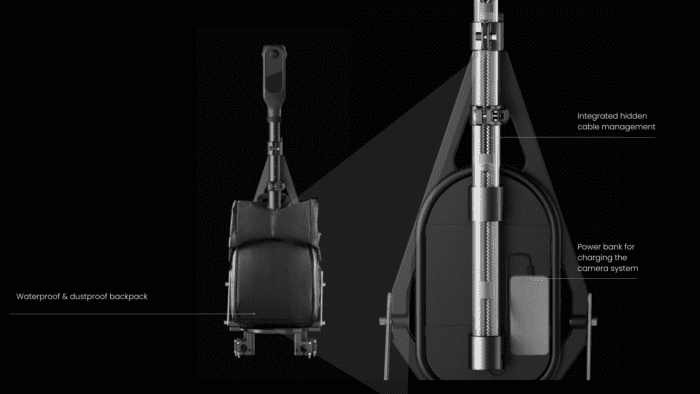
The KartaCam 2 was never meant to be a standalone product. It relies on many different components for it to work. We had to consider how users interact with the camera, environment and the map operations team.
To do this, we came up with a user experience flow to visualise the end-to-end journey of a driver-partner. We took everything into consideration—from the point a driver-partner unboxes the camera to setting up, navigating bumpy terrains and charging the device.
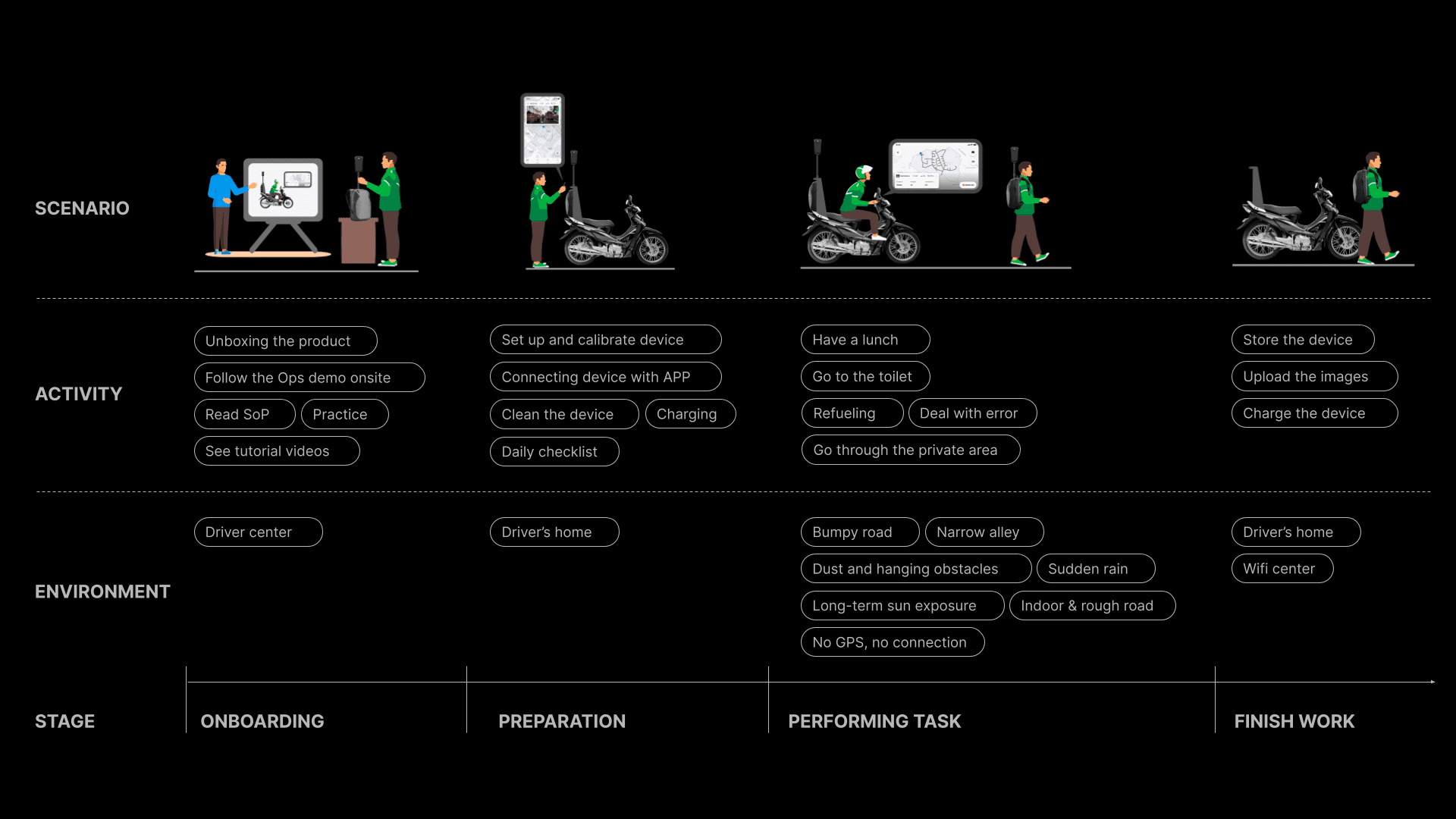
Grab’s iterative design process
KartaCam 2’s award-winning design and simplicity of use wouldn’t have been possible without continuously working on its predecessors to fix some of their teething issues.
Meet the predecessors of the KartaCam 2: the KartaCam and the KartaCam360.
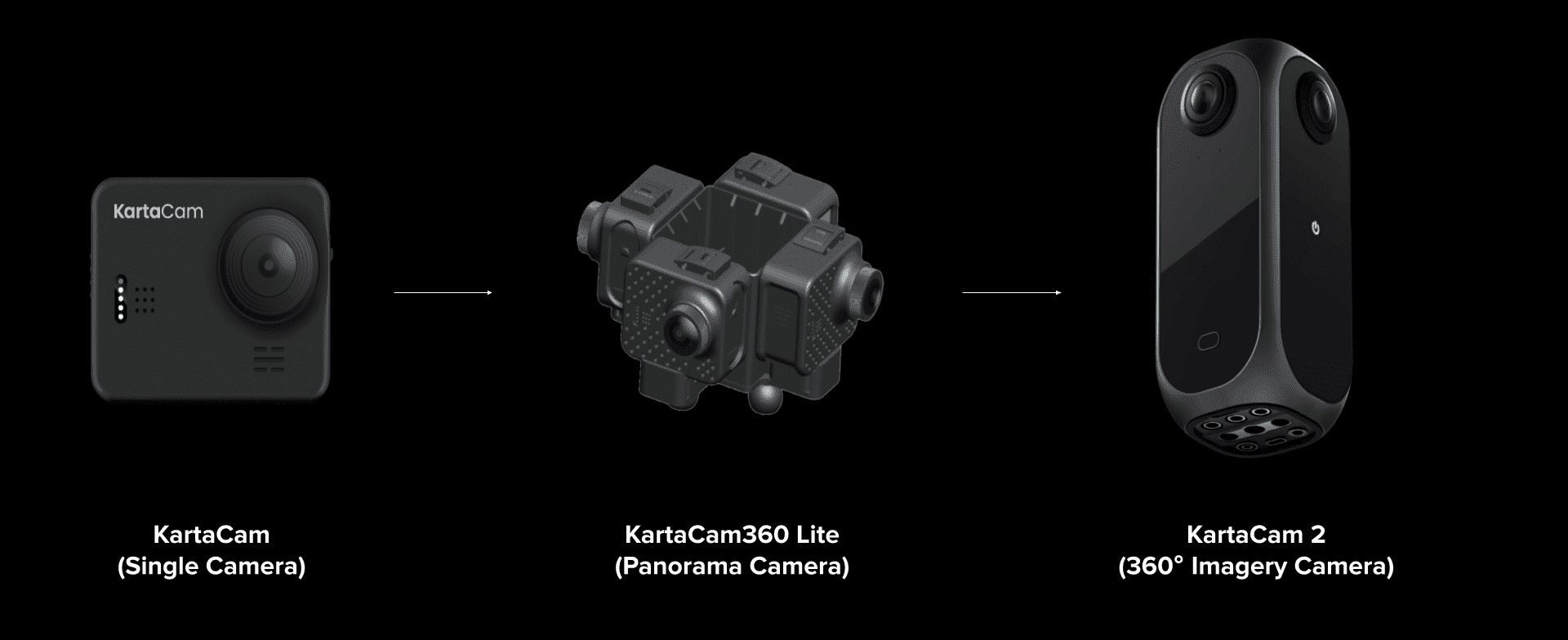
The original KartaCam only had a 150-degree view. So we built KartaCam360 by piecing four KartaCams together, where images collected can be stitched together to produce one panoramic image.
But when we went on the ground to test out the KartaCam360, we found that the weight of the camera made it difficult for driver-partners on motorcycles to manoeuvre narrower roads.
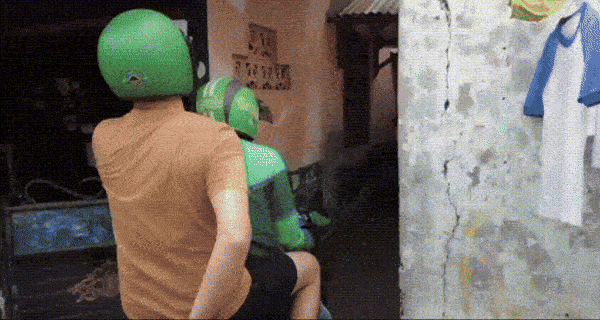
Our older mounting system was also tedious to set up, and had to be removed whenever it was time for a refuel.
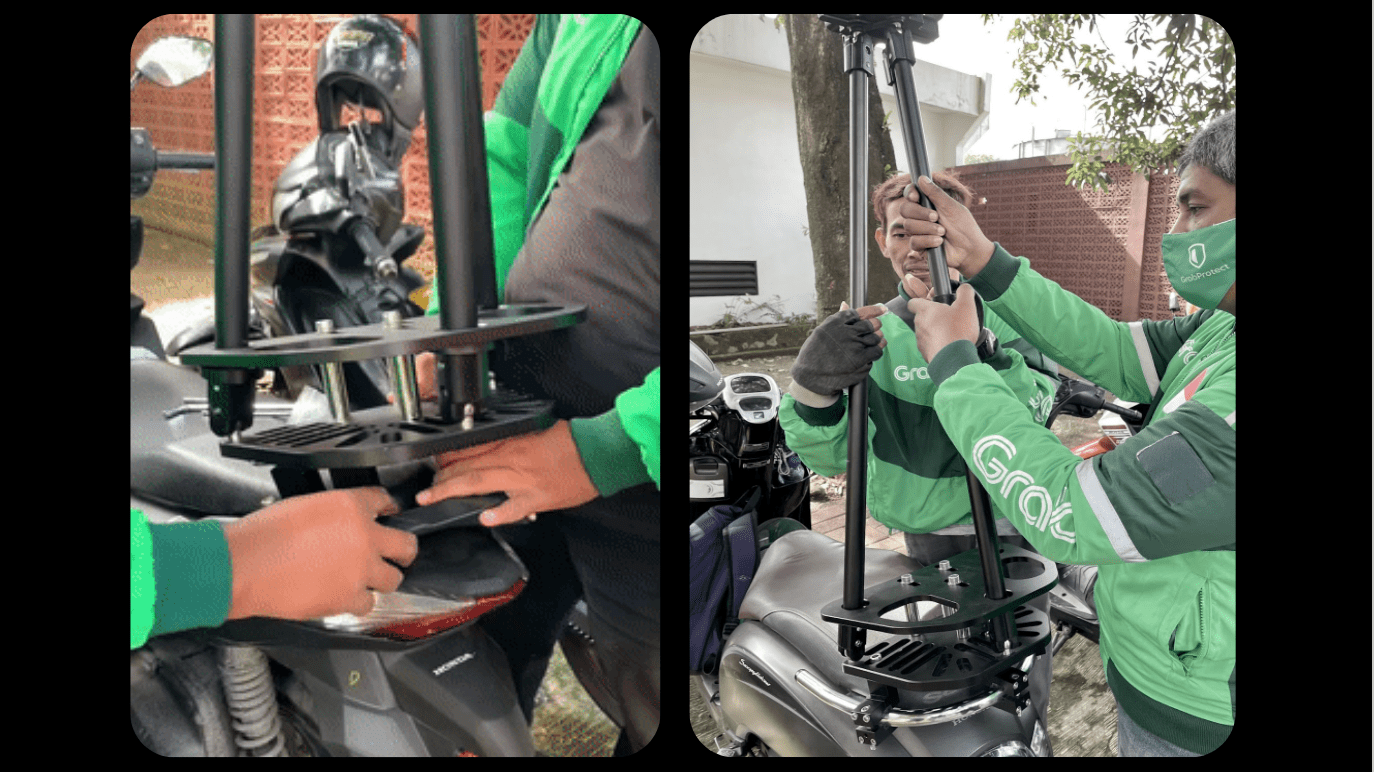
From concept to reality
Our team came together and brainstormed solutions to these problems. We 3D printed the different parts of our design concepts, put them together and tested them.

We then brought these prototypes on the ground to seek feedback from our driver-partners who provided us with insights on how we could improve the product.

Following several rounds of on-site road tests and focus groups, we’re now ready for a wider rollout of our KartaCam 2 across the region. The design journey of the KartaCam 2 system reflects the team’s commitment to solving hard problems.
We’re proud to have built a product that is not only smart and innovative but also user-friendly and efficient.
3 Media Close,
Singapore 138498